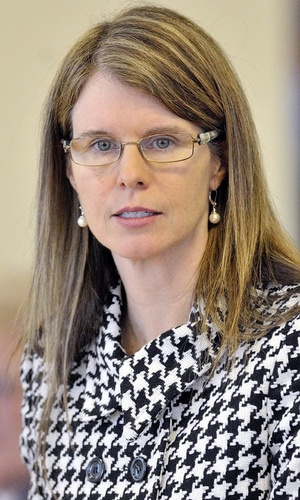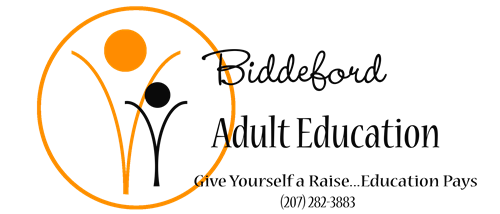Commissioner of Department of Health & Human Services (DHHS), Mary Mayhew
Posted by Conrad Welzel on Aug 31, 2016

Lucie K. introduced Commissioner of Department of Health & Human Services (DHHS), Mary Mayhew.
The Commissioner said what a pleasure it is to talk about DHHS & the changes that have been made over the last few years.
Because we talked about our Red Ribbon Comm. & substance abuse she said she would first focus on that. DHHS spends $74M on substance abuse treatment. That the money for these programs follows the demand and is used wisely.
An example is a new 24/7 Hotline that was recently created for people to call when they need help, as the program progresses it will expand.
60% of Child Welfare situations are due to substance abuse. The goal is to provide services that create the best outcomes for the children.
75% of heroin addicts started with a legal prescription This is a major reason Opiate addiction is so bad thus several new initiatives have been put into practice that are designed to prevent addiction such as limiting the number of days for prescriptions. Other examples are best practices that are efficient and done in a timely manner, such as a Clinic in Brunswick that that has been recognized for being very effective and didn’t have to add any full time staff to accomplish the changes & the success.
Treatment is a major component, and the goal is to increase the success rate presently the national standard is 30% of those who start treatment complete it, hospitals are now questioning if this is too low of a bar to accept. This just shows that there is still a lot that needs to be done.
DHHS has a Budget of $3.4B. The efforts of the past years have been to examine these services how can they best be provided how do the services crossover each other and how can DHHS be better managed and integrated.
Medicare has been in a financial crisis for 40 years. DHHS staff has become so used to this that nobody was getting upset when another crisis was announced. The Commissioner has a sign that is meant to change that, it says “Freaking Out”, with a gal to keep staff concerned.
Other DHHS initiatives include, ME has become a leader in closing facilities like Pineland, but has been very slow at providing services to those who need them. The State has also been growing the number of new people who receive services and often these new people’s needs are not as critical as others who are not getting the services they need. Examples of people who are not getting all of the services they need are people with brain injuries or who are developmentally disabled. The last few years this has been changing for the better.
DHHS role in promoting employment, programs like TANF at times have not adhered to Federal Process, and the State has had to pay the penalties for their actions. The new approach is asking people what can they do (what skills do they have) & what education do you need to do what is need by the business world. The American dream is to have a job and a good life, not to live in poverty and be supported by Government Programs.
The goal is to encourage people to get out there work, volunteer, stay in High School, feel good about themselves. That will go a long way to changing the paradigm.
DHHS for the first time thoughtfully doing a budget hoping that this will help change some of the practices.
This was a very high level overview of DNNS & its changes
Q/A
Paul D. Q. What about EBT Card miss use?
- Federal law makes it hard to deter but the state has passed a few laws and set up some safe guards to help prevent.
Carl G. Q. How do you stop the fraud?
- Again Federal restriction make it difficult, examples like now if you are no longer living in Maine and the 14 year old computers catch it you are shut out of the program.
Interested in being a sponsor?
Download the website sponsorship guide
Download the website sponsorship guide







